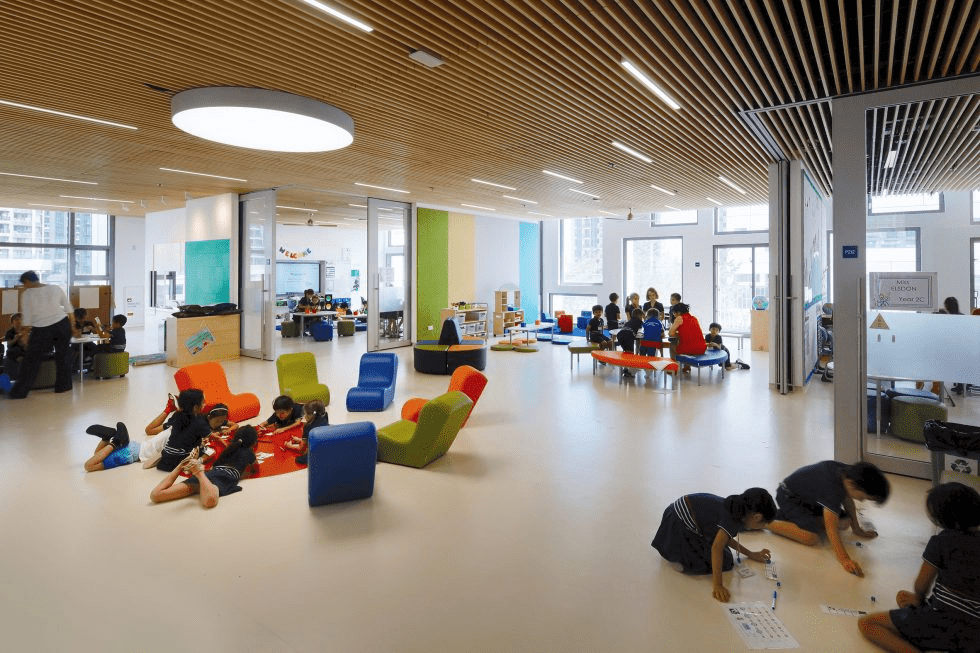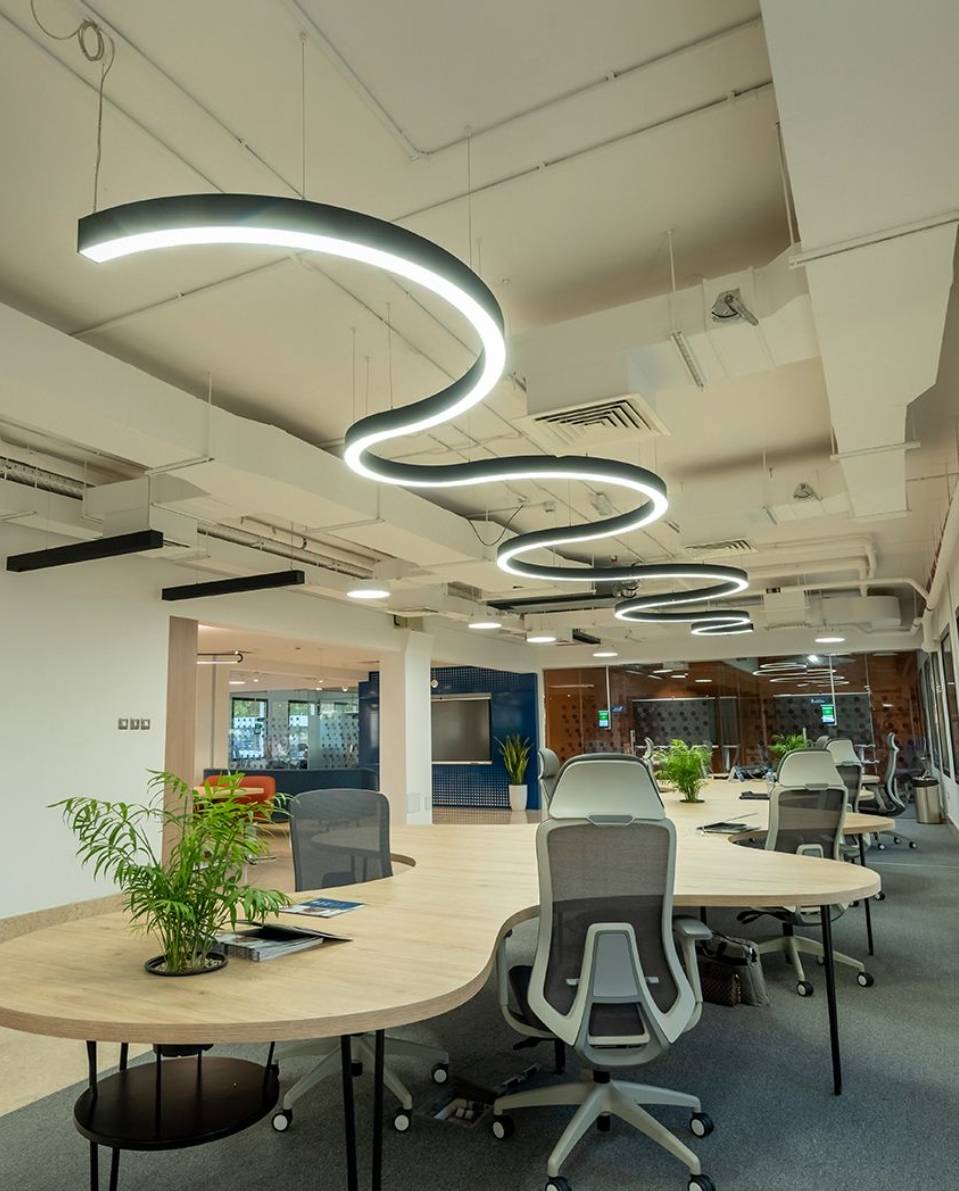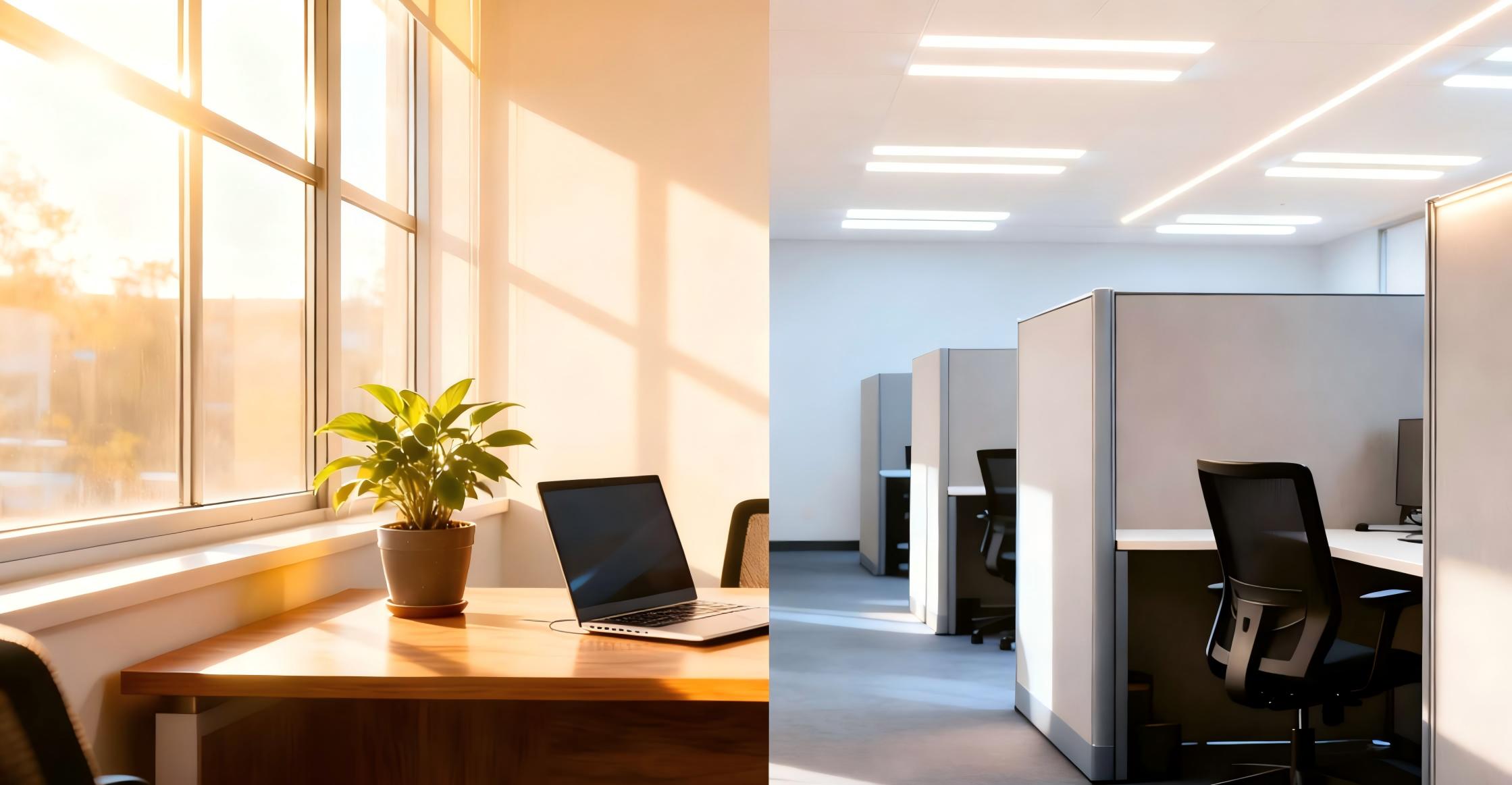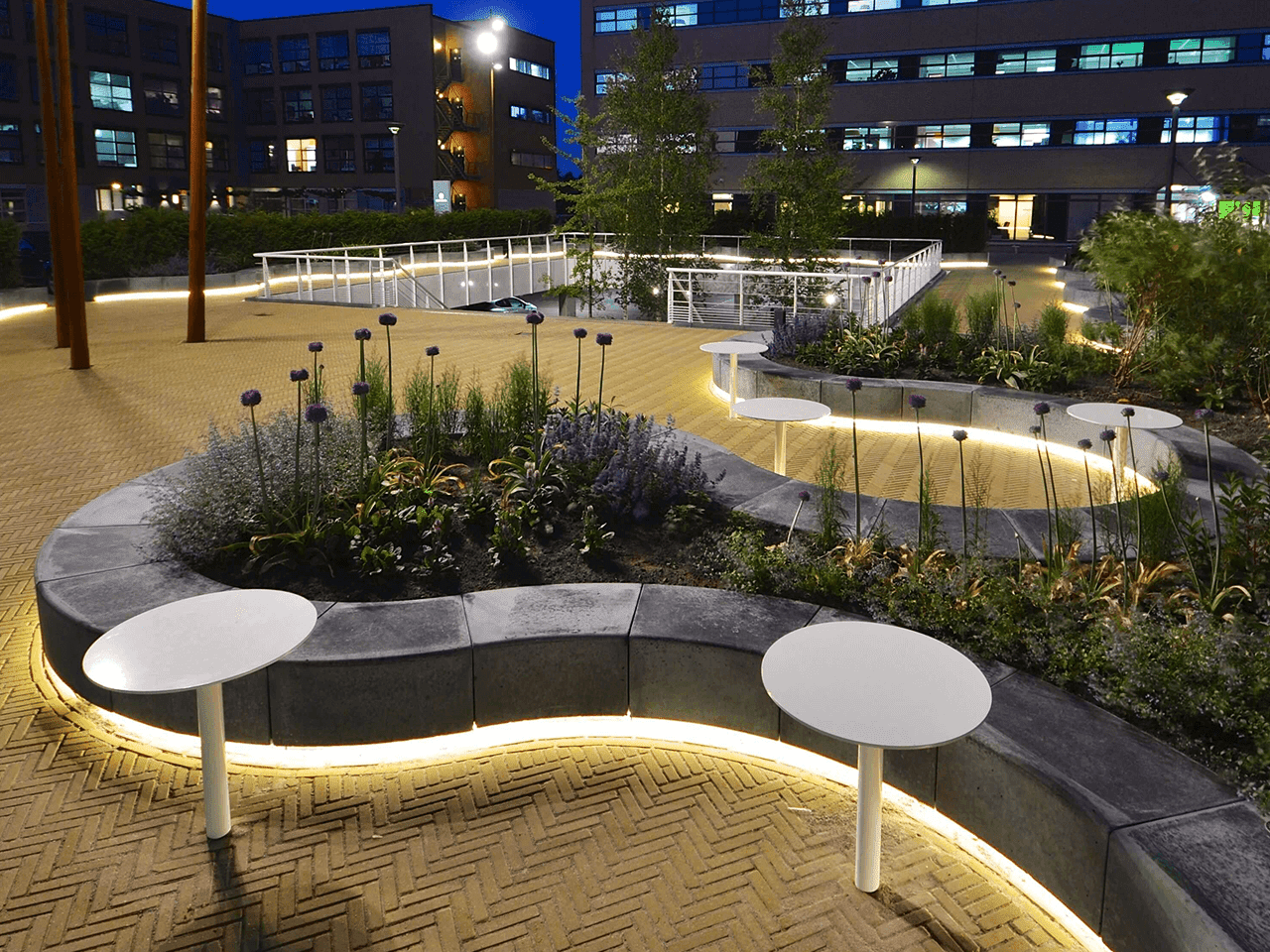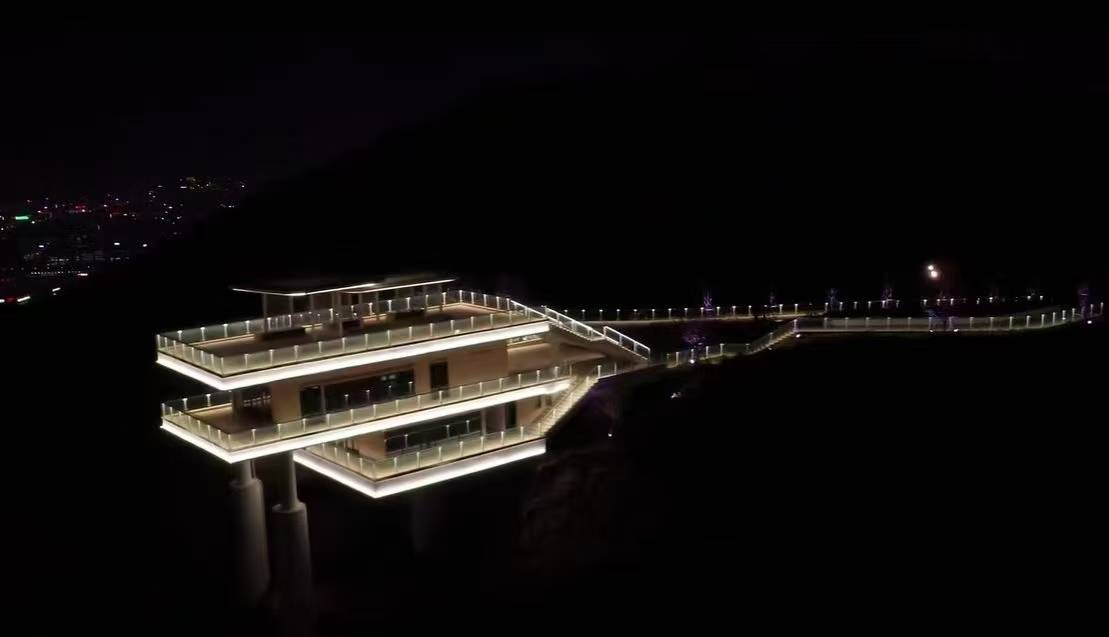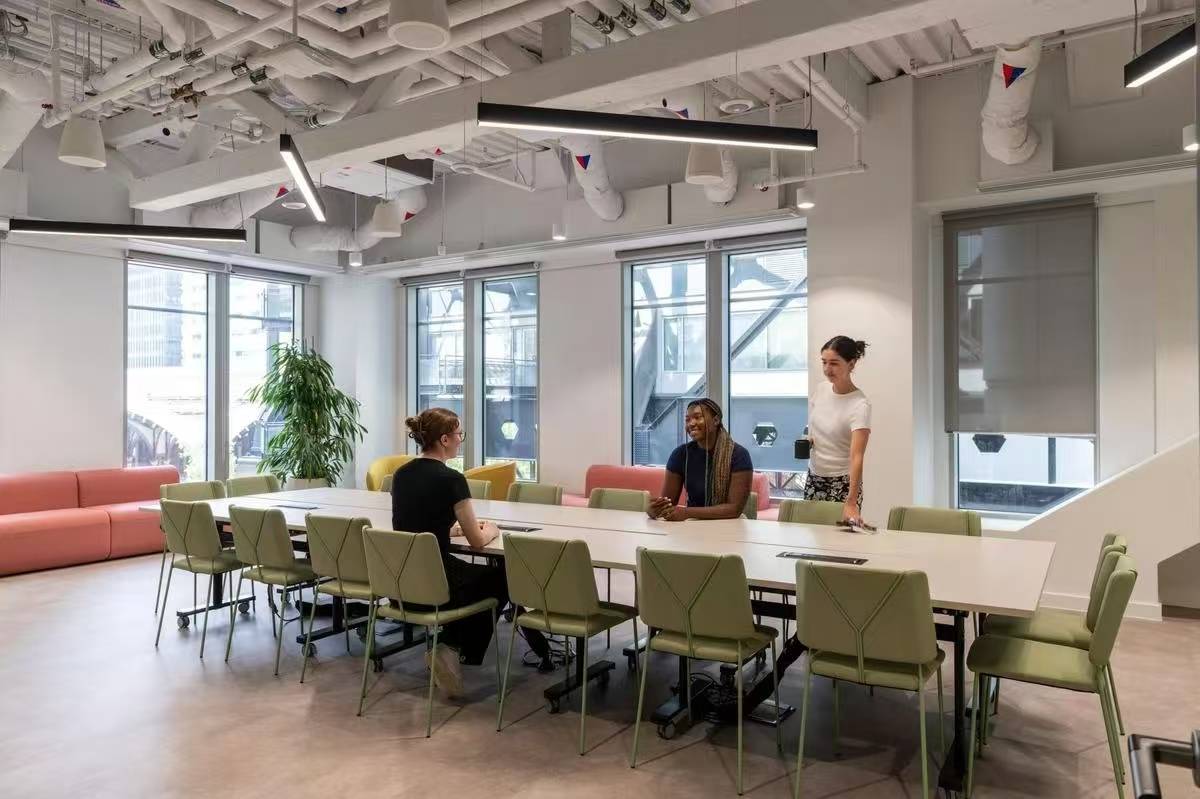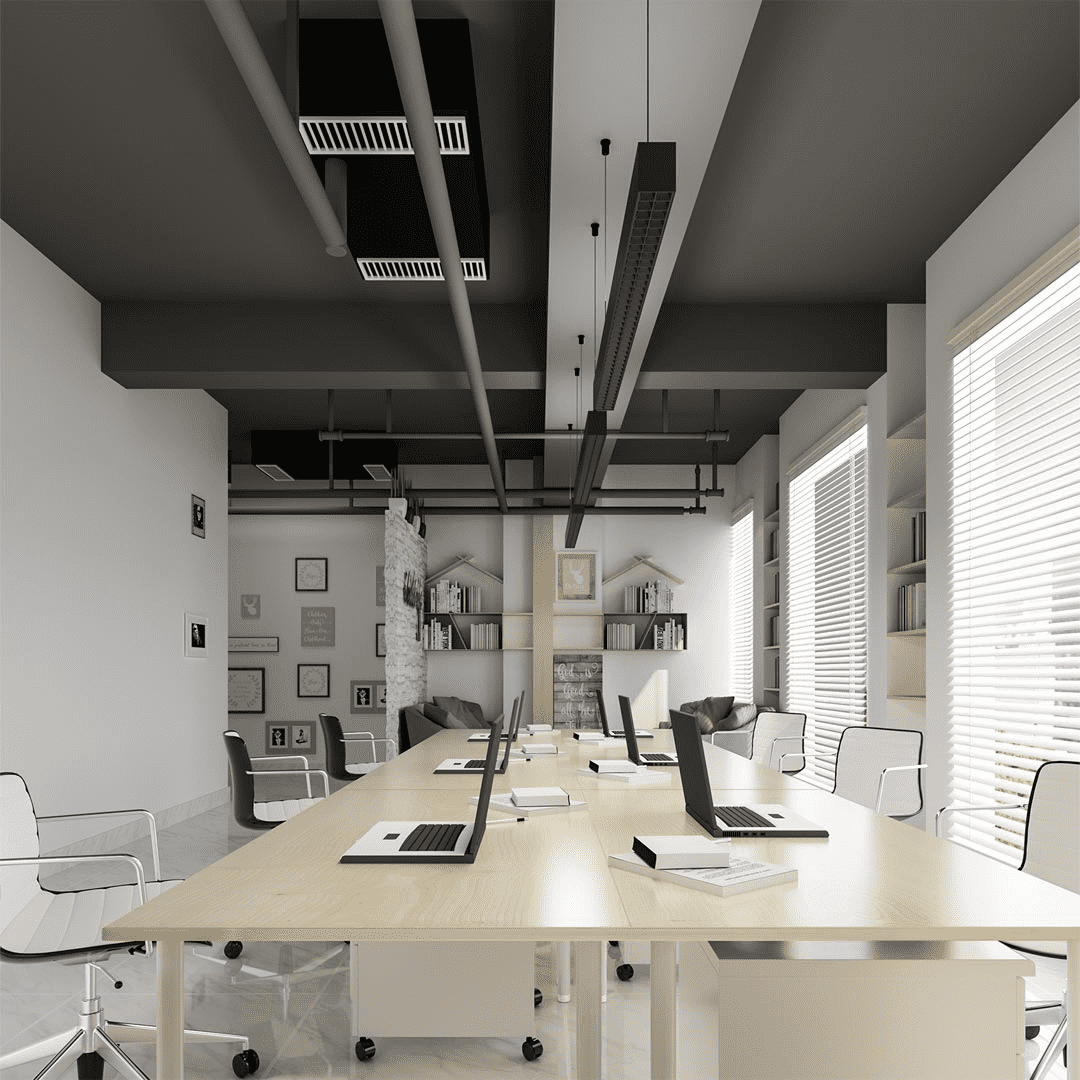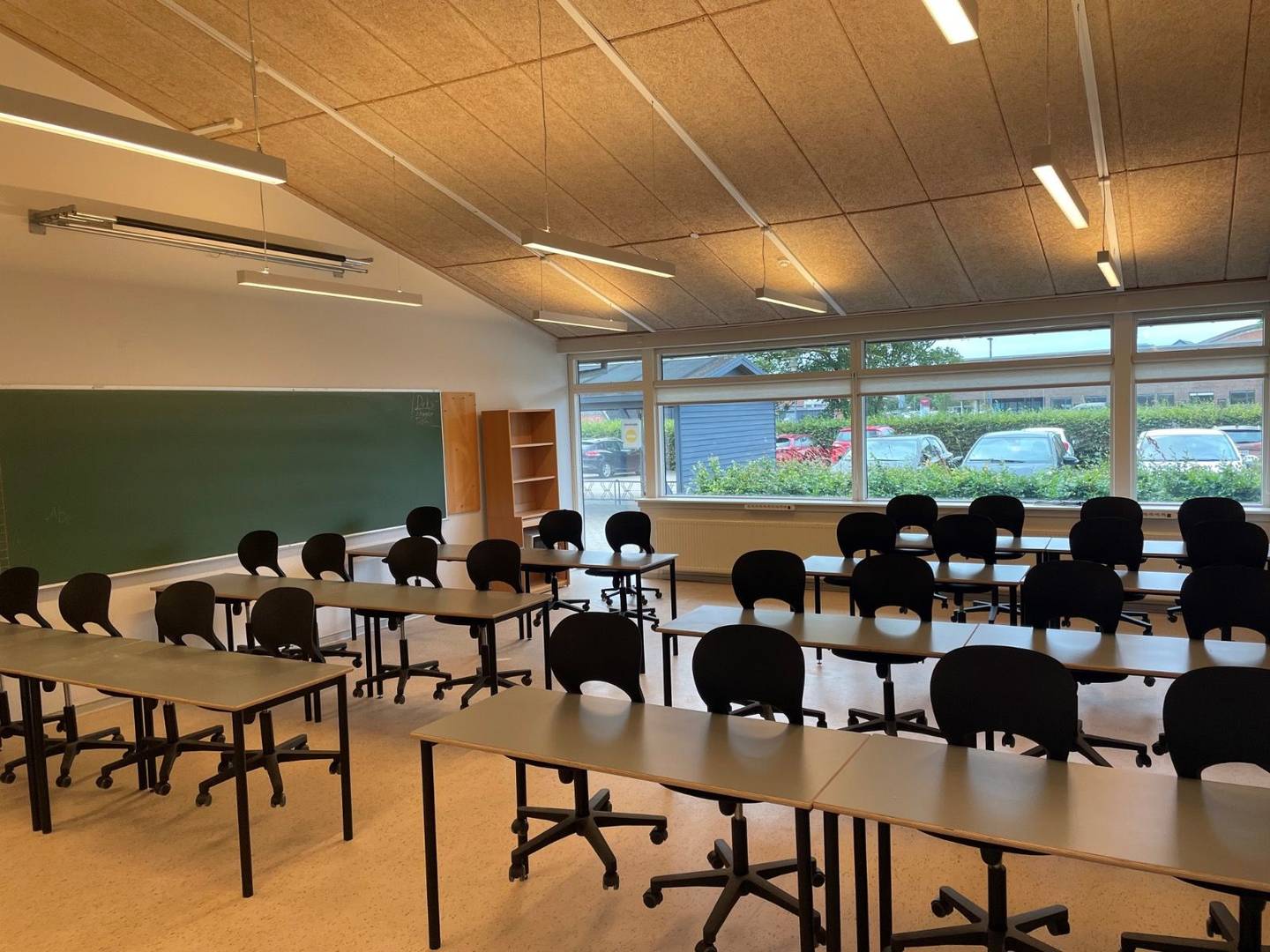Key Factors to Consider in Office Lighting
Brightness & Lumen Levels
An office should be lit with enough brightness to support detailed tasks without straining the eyes. Typically, workstations require 300–500 lux, while meeting rooms may need slightly higher levels.
| AREA |
RECOMMENDED LIGHTING LEVEL |
AREA |
RECOMMENDED LIGHTING LEVEL |
| Offices |
|
|
|
| General |
500 lux |
Drawing office |
500 lux |
| Computer work stations |
300 – 500 lux |
Drawing boards |
750 lux |
| Filing rooms |
300 lux |
CAD design areas |
300 – 500 lux |
| Print rooms |
300 lux |
|
|
Color Temperature
Cool white light (4000K–5000K) helps maintain focus and energy during working hours, while warmer tones (3000K) can be more suitable for lounges or breakout zones.Nowadays ,DALI CCT dimmable (DT8) and Casambi wireless smart controller is widely applied for office lighting.It hugely support HCL (Human Central Light) ,CCT and brightness can be automatically adjustable to meet human’s Circadian rhythm.For example,when staffs arrival office in morning,the Color temperature can be 3000K for relaxing ,then the CCT gradually up to 4000K ,it will make people more energetic and high productivity.
Glare Control & UGR
Uncontrolled glare is one of the most common complaints in offices. Choosing lighting with a low UGR (Unified Glare Rating) ensures comfort and prevents eye strain.
Based on the glaring effect of a fixture, the UGR ranges from 5 to 40. If you want to have glare-free lighting, choose a fixture with low UGR. This allows you to work comfortably without causing eye strain. In contrast, a high UGR> 28 will cause you excessive glaring issues.
| UGR Rating |
Glare Level |
| UGR < 10 |
Barely noticeable glare |
| UGR 10-16 |
Low glare, comfortable lighting |
| UGR 16-19 |
Moderate glare, acceptable for most general lighting |
| UGR 19-22 |
Noticeable glare may be tolerable depending on the application |
Energy Efficiency
Modern LED lighting not only saves electricity but also reduces maintenance costs. Offices can further improve efficiency with smart lighting controls like occupancy sensors and daylight harvesting.
